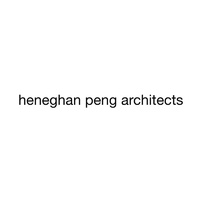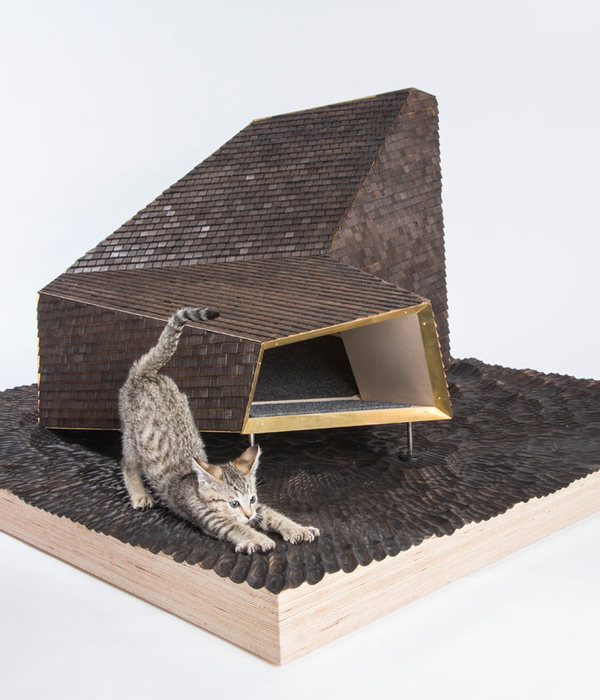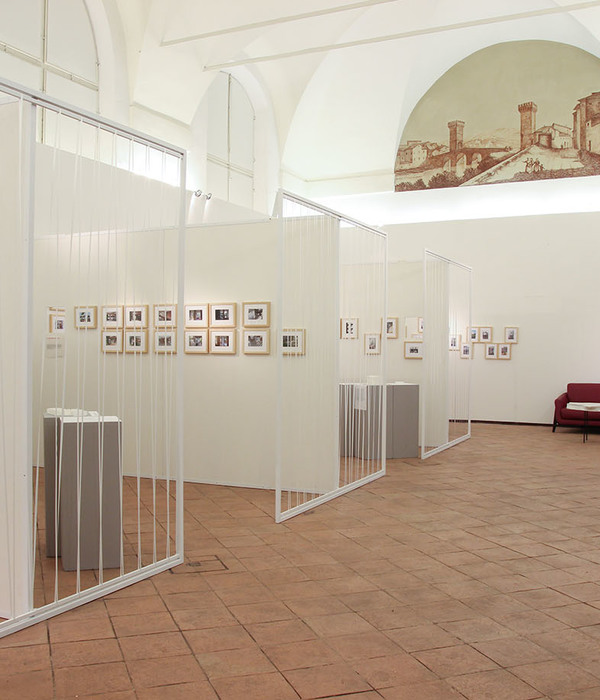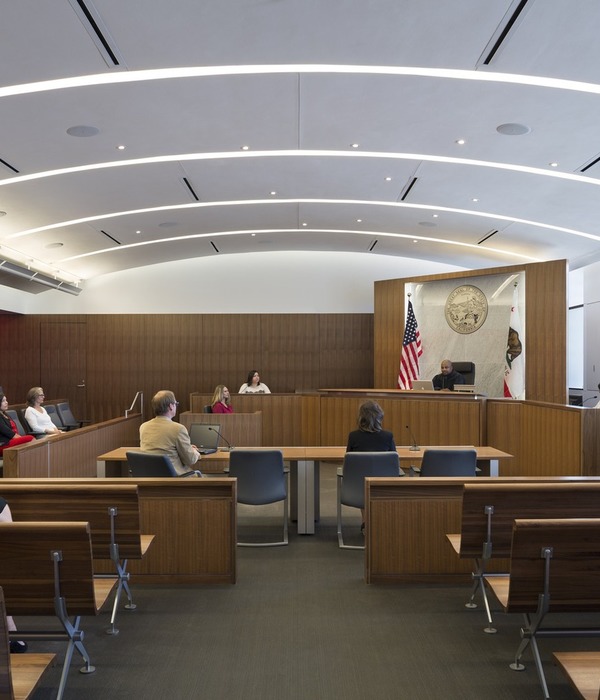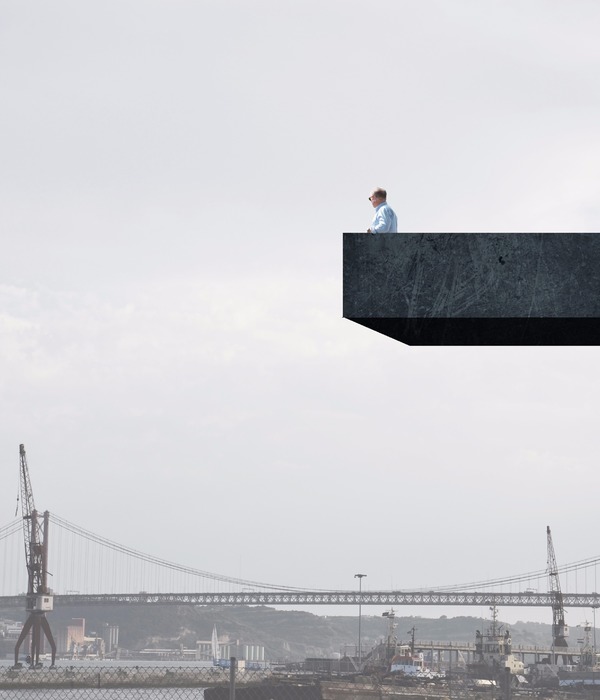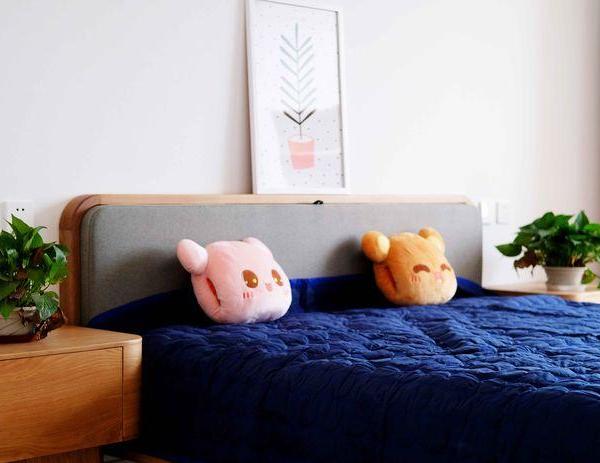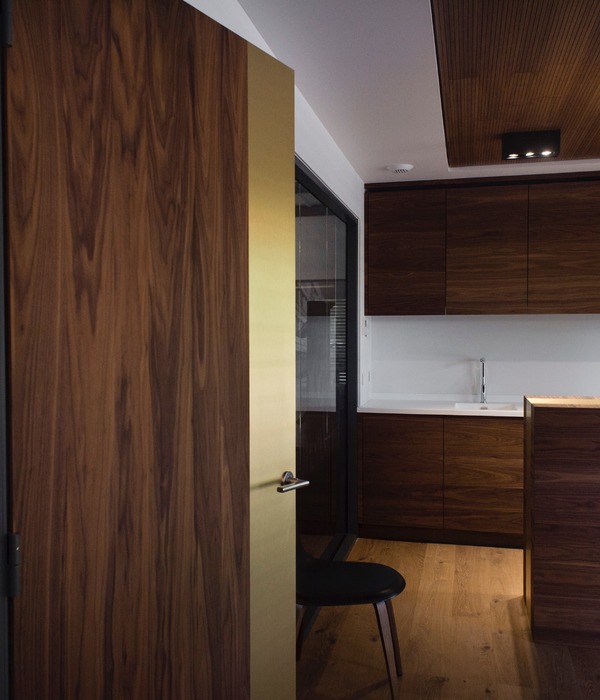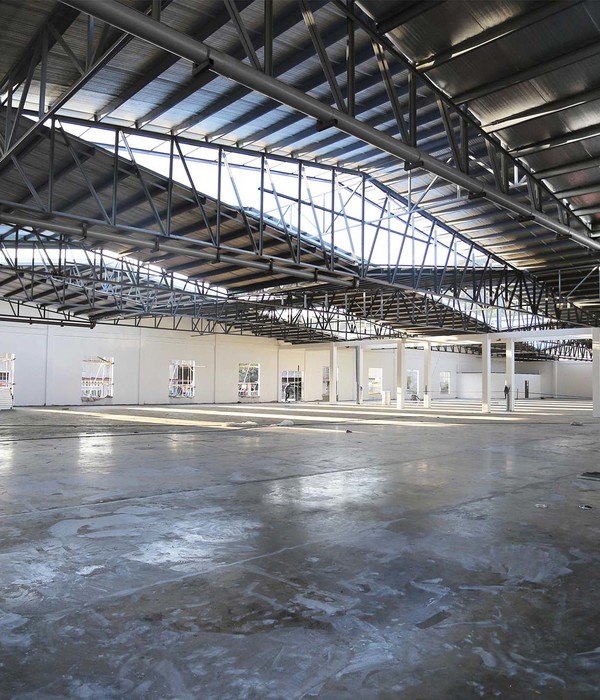德国拉尔城市博物馆——工业遗址新生的城市标识
位于德国拉尔历史中心区的前Tonofen工厂(粘土工厂)比邻中世纪的Storchenturm城堡遗址和城墙。如今文物保护整体情况不容乐观,在此情况下这座文物名单上的建筑重新被改造为城市的博物馆。由于其优越的地理位置,设计师将这里打造成一个了解Lahr历史文化的地方。同时通过构建新的楼梯塔,之前不完整的“L”形建筑结构被补全,形成了一个新旧连贯的整体。
The former Tonofenfabrik (Clay Oven Factory) is situated in the historic centre of Lahr in Germany, close to the remains of the medieval castle ‘Storchenturm’ and the medieval town wall. In danger of complete deterioration, the listed building has been reinvented as a City Museum utilizing this strategic urban location to create a destination for tourists and residents alike involving them with the history and heritage of Lahr in a way the old museum in the city’s park was never able to. The old industrial brick building was not only transformed into a modern museum, but the somewhat incomplete ‘L’ shaped volume has been completed by a new stair tower forming a coherent ensemble of old and new.
▼建筑外览,the exterior of the building
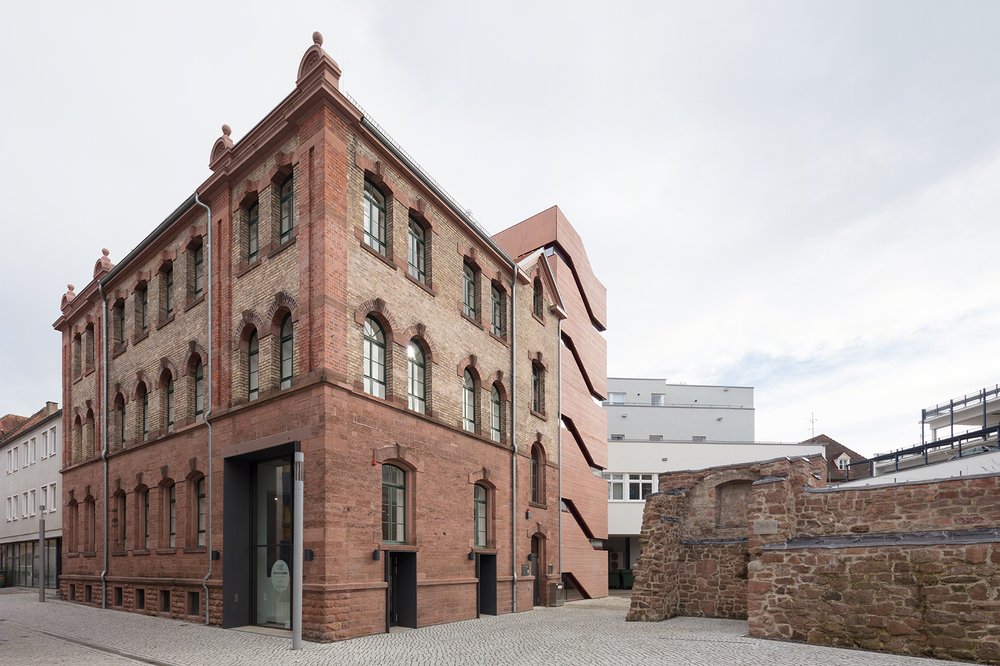
新的红色混凝土楼梯塔采用无缝的环状结构,与现有建筑和烟囱相结合,整体成为了一个具有高识别度的城市标志。除了博物馆内部介绍了Lahr市多样的历史外,博物馆周围的公共空间也被重新开发,由此完善了整个城市空间,让Lahr市的重要历史结构变得更加清晰易读。
The new stair tower clad in red concrete does not only create a new seamless loop through the exhibition but together with the existing building and its chimney transforms the ensemble into a highly recognisable, almost iconic presence in the urban space that quickly has become an integral part of the city’s identityIn addition to the presentation of the multi-layered history of Lahr and its inhabitants within the building, the redevelopment of the public space surrounding the museum completes the urban ensemble, finally allowing important historic layers and structures in the centre of Lahr to become legible once more.
▼红色混凝土楼梯塔与现有建筑和烟囱相结合,the red stair tower together with the existing building and its chimney

▼楼梯塔采用无缝的环状结构,the new stair tower create a new seamless loop
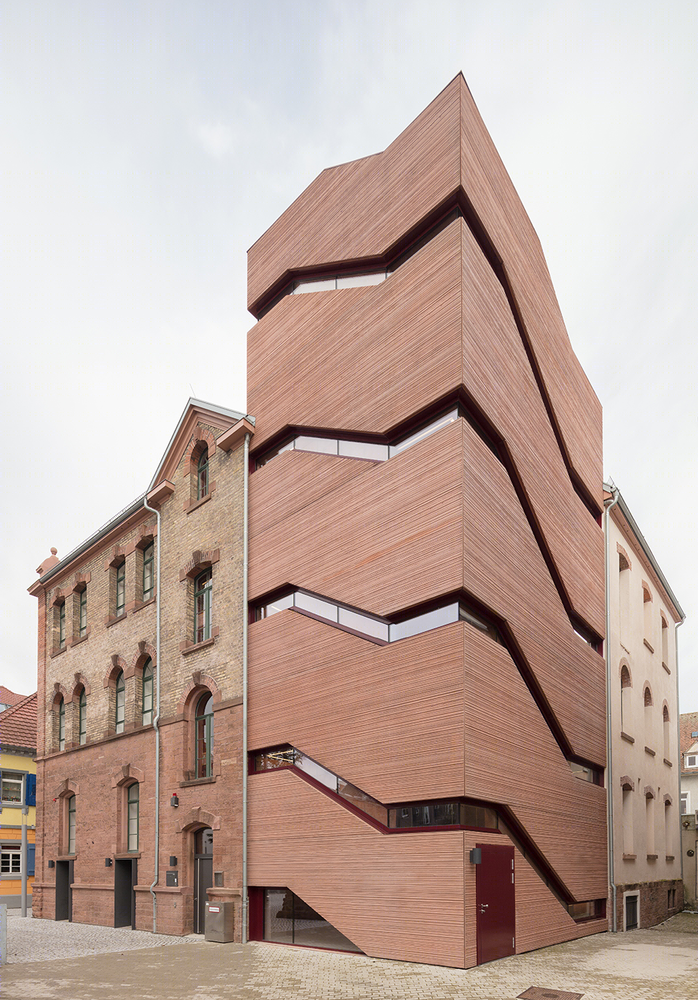
▼楼梯塔底层开门与街道相连,the door on the ground floor of the stair tower connecting with the street
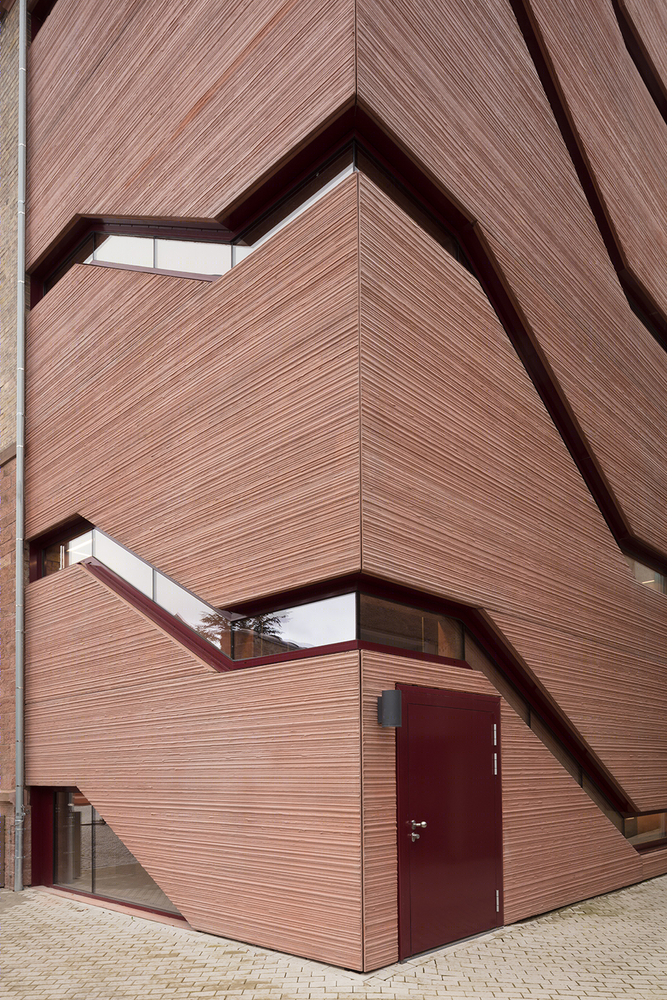
▼红色混凝土表面细节,the detail of the red concrete
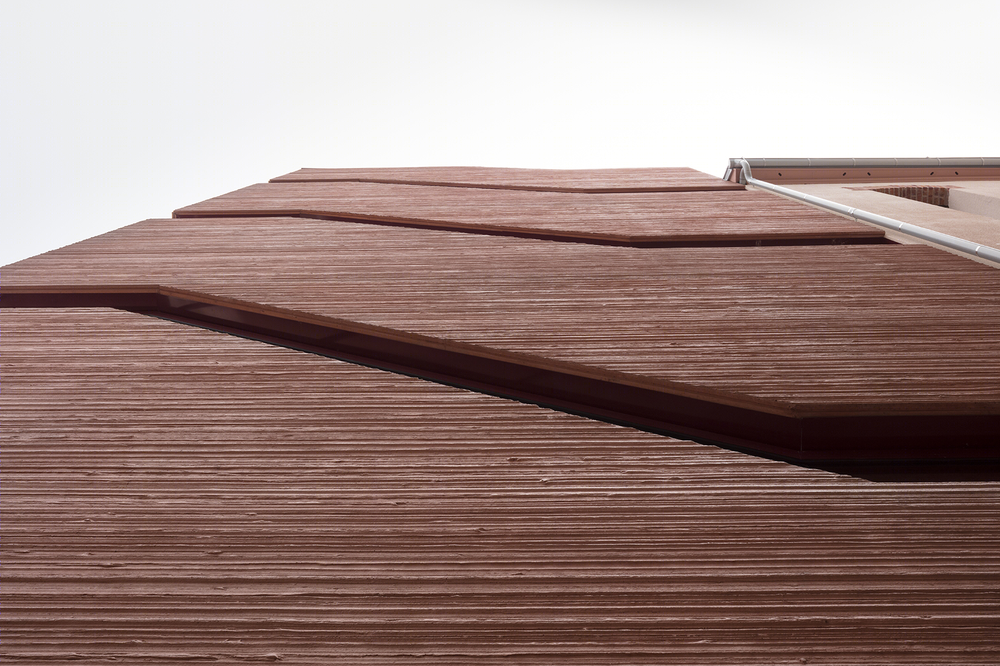
建筑大门位于街角是一个极富有历史感的入口,将建筑与城市广场相连,而在建筑北面新建了两个入口。这种在城市和建筑之间的渗透型设计,让博物馆成为一个城市中的重要目的地,更是作为会面和活动的场所。为了延续内外部之间的紧密联系,建筑一层主要作为公共空间使用,包含门厅、咖啡厅和小型博物馆商店。此外,为了让城市的历史近一步地进入公众的视野,永久性展览布置在非购物区,如同一个开胃菜邀请人们进入参观。楼梯塔作为建筑中清晰而直观的通道系统引导公众参观,在建筑外部也体现出这一特性。
▼楼梯塔作为清晰而直观的通道系统存在,the stair tower takes a major role in establishing a clear and intuitive circulation
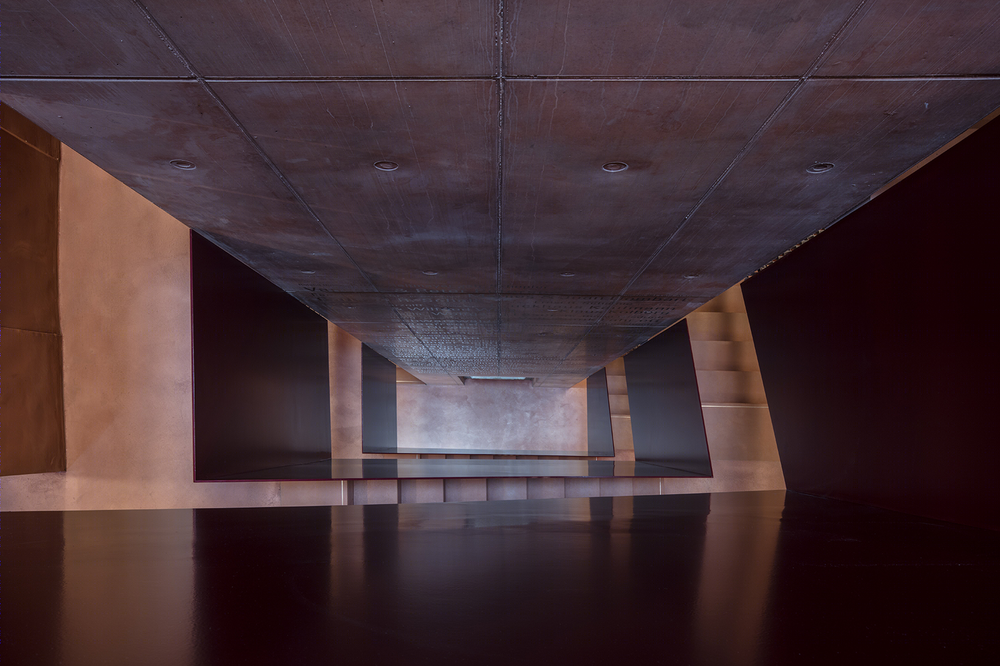
▼从博物馆楼梯塔的底层向上仰望,the stair tower looking up from the ground
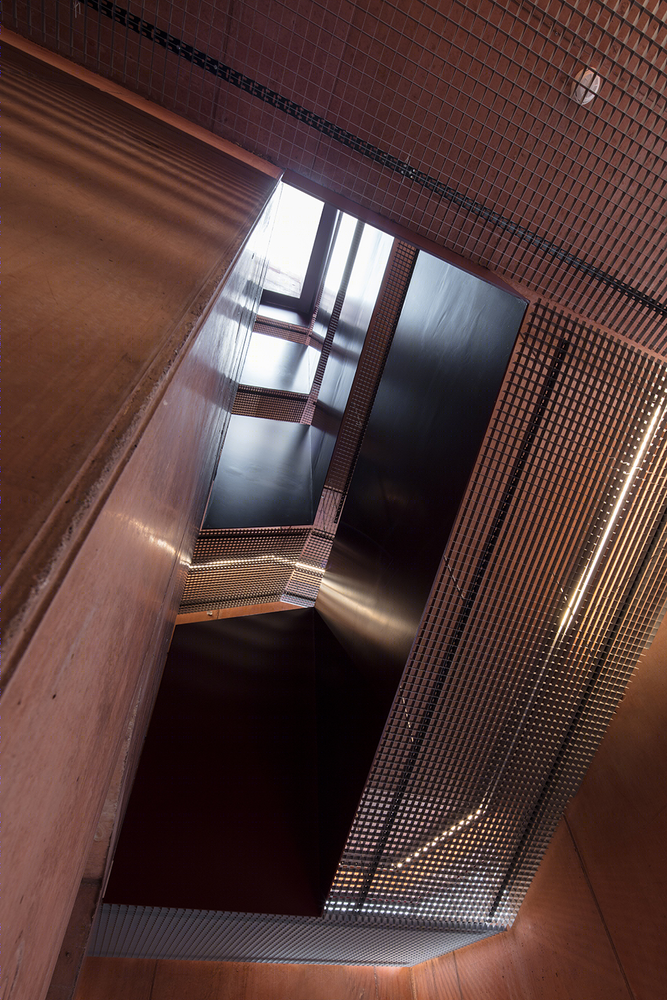
▼楼梯塔形成的天井效果,the patio of stairs tower
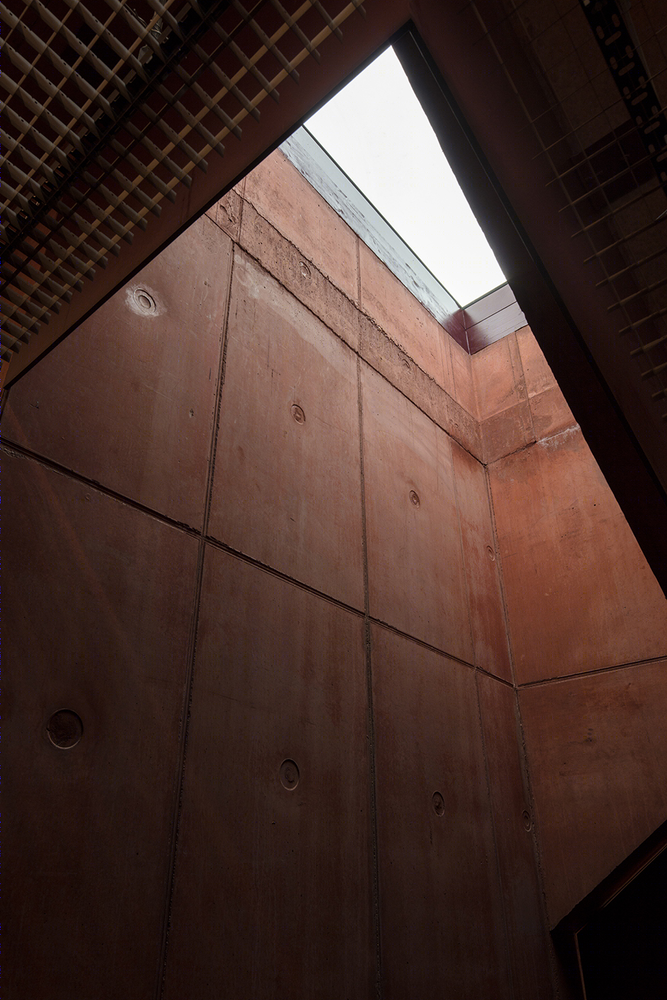
The design for the building opens the historic gate at the street corner to create a welcoming entrance while expanding the ground floor outwards into the urban plaza, utilizing two newly created openings in the northern façade. This permeable interface between city and building establishes an important destination within the city that is not only a museum but a highly frequented place for local encounter and events.To continue this strong connection between the interior and the public realm, the ground floor houses mainly public space such as the foyer, café and small museum shop. In addition, parts of the permanent exhibition are on display in this non-ticketed area, acting as an appetizer to invite people in and so that the history of the city moves even further into the public eye. The stair tower takes a major role in establishing a clear and intuitive circulation that guides the visitor through the exhibition and which is being articulated to the outside in the formal manifestation of the red concrete façade.
▼楼梯塔内部结构,the interior of the stair tower
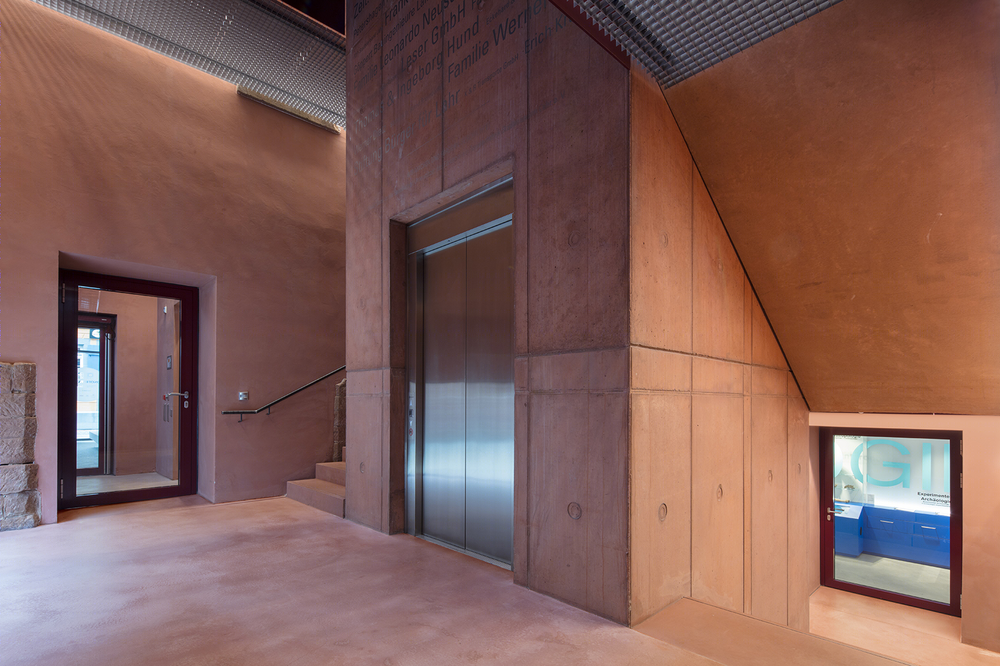
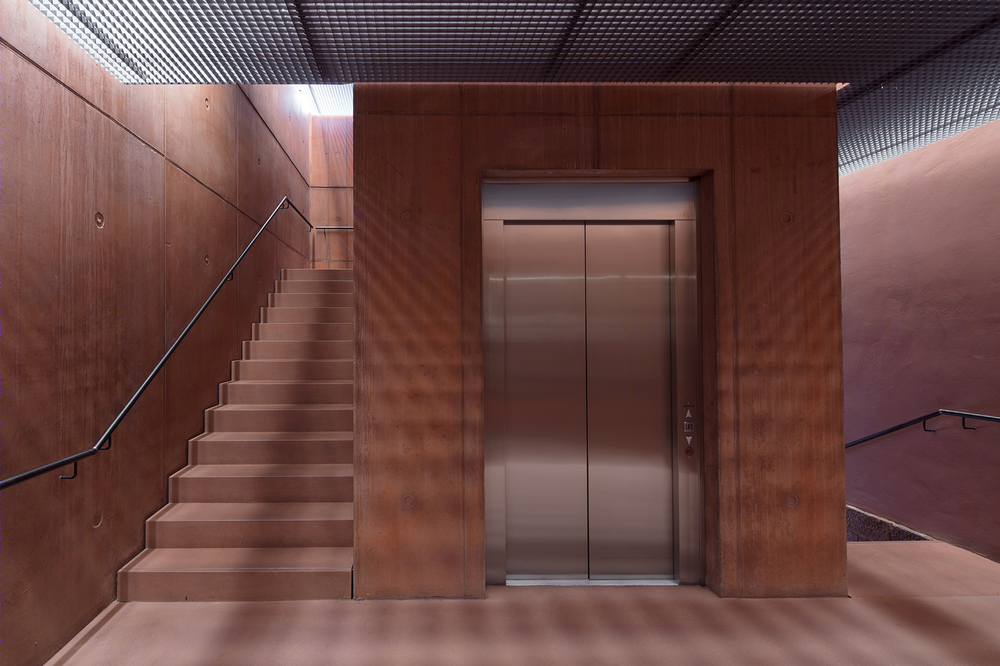
▼楼梯与建筑开窗形成微妙采光效果,staircase and building windows create subtle lighting effects
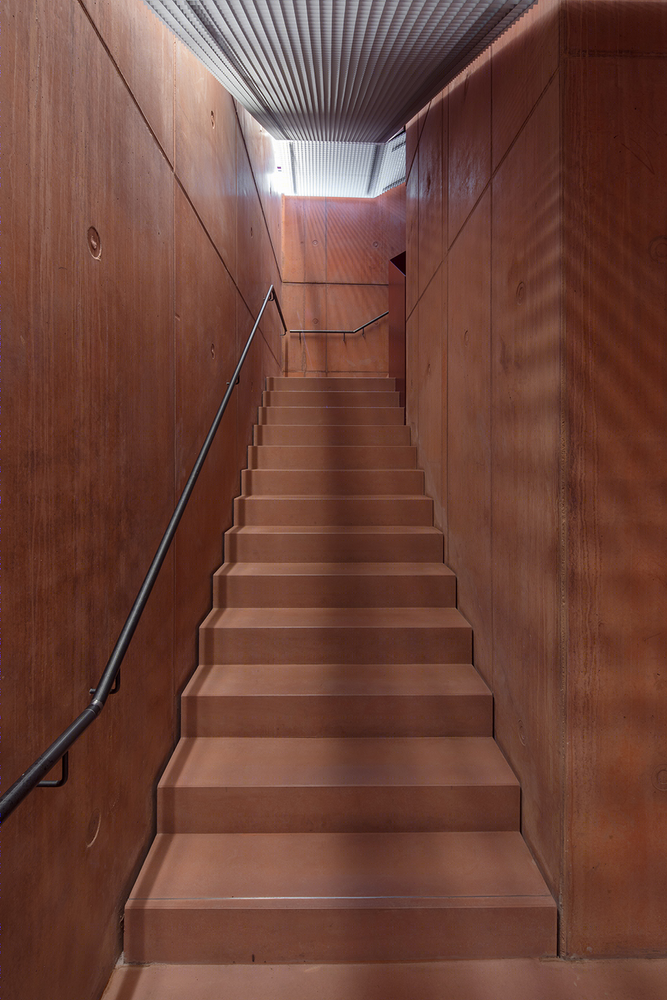
设计师采用两种不同的方式进行内部设计。第一部分的展览区域位于历史悠久的工业建筑中,为了将其原有的特征最大化,设计师对此进行了精心修复,并保留了现有饰面。这里将重点展示由MuseoConsult和Studio Kernland设计的多彩的工艺品。彩色混凝土与金属几何形状的栏杆和天花板相互衬托,新的内部通道也延续了外部的建筑语言,形成一种与明亮的展厅相对比的空间体验,同时也为了让参观者在展览中减少感官体验的停顿。巴登符腾堡博物馆协会主席Jan Merk认为该项目非常成功地将传统与现代相组合,这座博物馆很好地履行了博物馆收集、保存和交流的职能,还充当了知识的储存库、娱乐的机器以及参与平台。他提出了由社区管理的联邦政府博物馆应该在城市景观中起到重要作用。
Within the museum, two opposite approaches characterise the design: The exhibition areas in the historic industrial building have been restored subtly and restrain to preserve a maximum of the existing fabric and its character. The focus lies on the display of the colourful variety of the artefacts in the exhibition itself, designed by MuseoConsult and Studio Kernland. With its sinuous combination of pigmented concrete and the sharp metallic geometry of the balustrades and ceilings, the new circulation space continuous the formal language of its outside appearance and creates a spatial experience in contrast to the bright white rooms of the exhibition – a place intentionally designed as a resting point of reduced sensory experience in between the density of the exhibition.Jan Merk, the president of the Association of the Museums of Baden Württemberg, has highlighted the significance of the building in the museum landscape of the federal state dominated by community-run institutions. He described the project as a highly successful combination of the Traditional and the Modern that fulfils the mission of a museum to collect, preserve and communicate, but furthermore acts as a repository of knowledge, entertainment machine and platform for participation.
▼楼梯塔引导整个展厅空间,exhibition space led by the stair tower
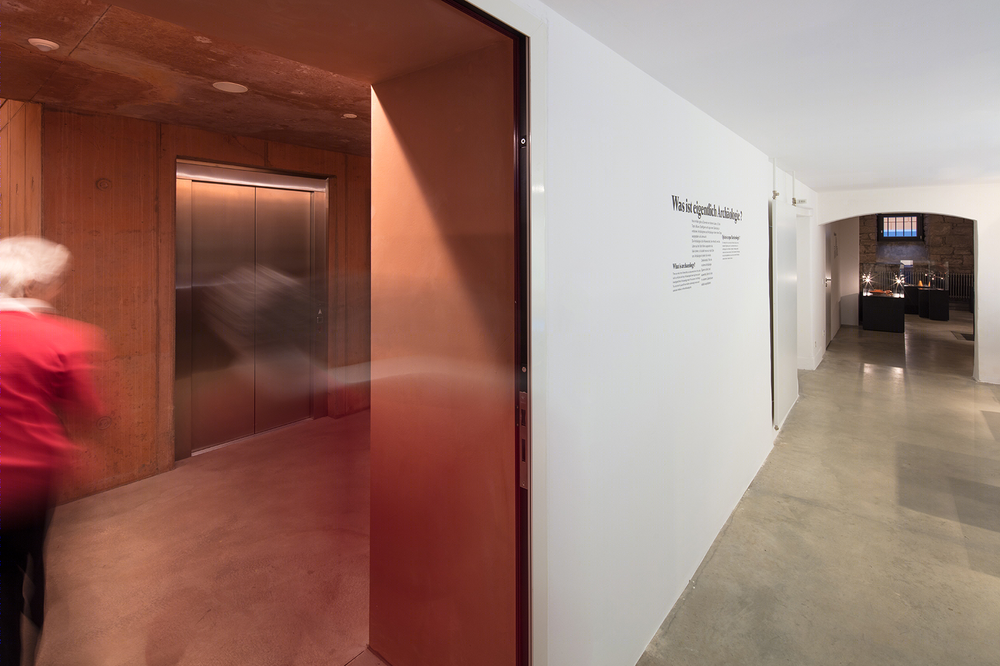
▼内部展厅空间保留了建筑原有饰面,the interior exhibition space retains the original finish of the building
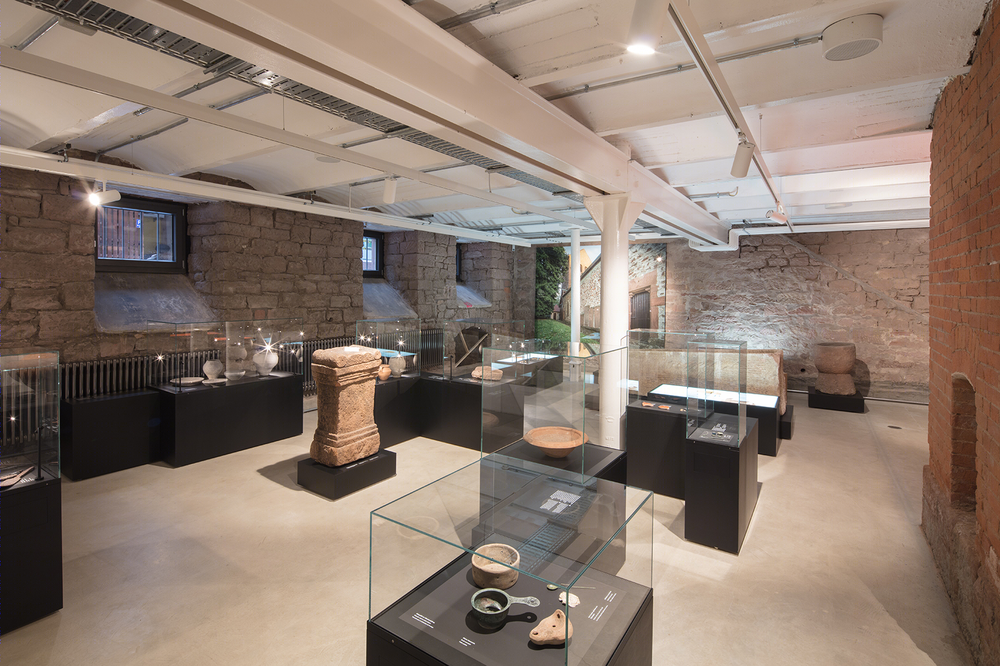
▼展览区域位于历史悠久的工业建筑中,exhibition areas in the historic industrial building
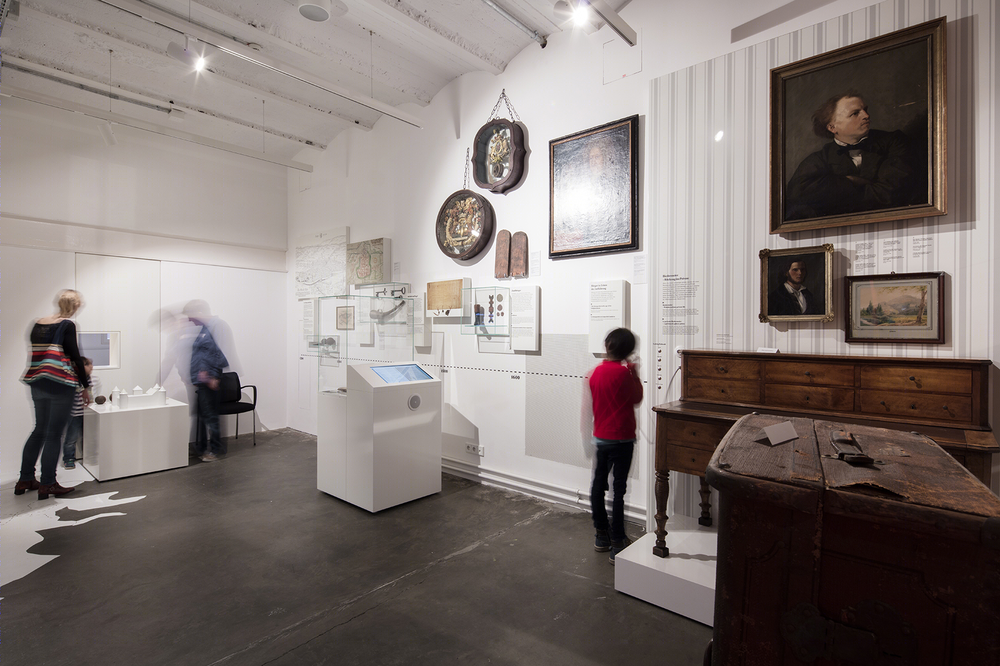

▼一层的咖啡厅,the cafe on the 1st floor
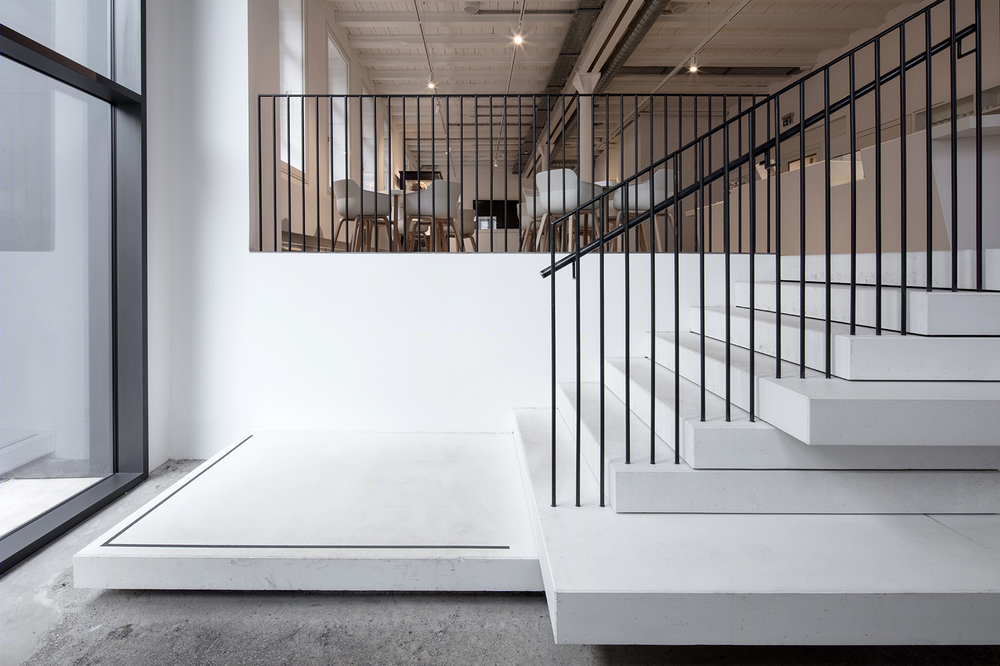
▼设计巧妙的储物柜,smartly designed lockers
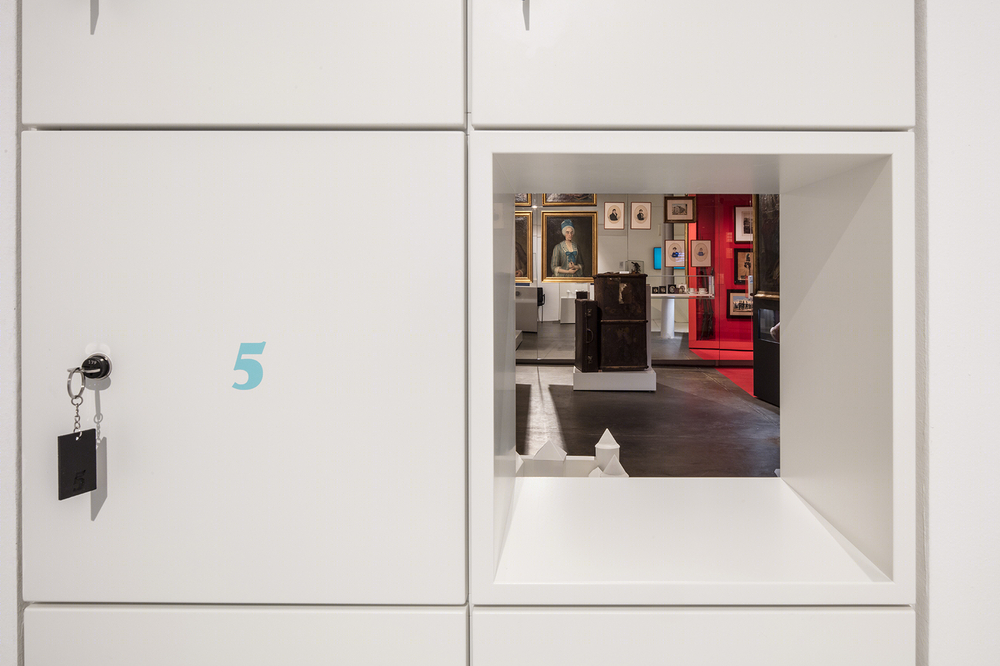
▼场地平面,the site plan
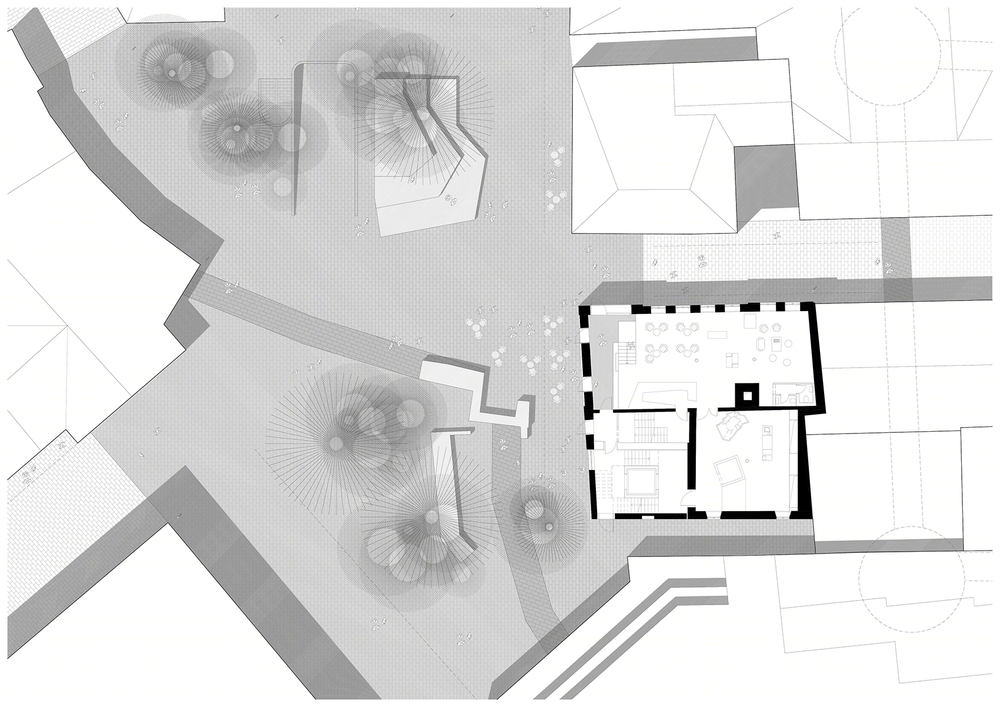
▼建筑一层平图,the 1st floor plan

▼建筑二层平图,the 2nd floor plan
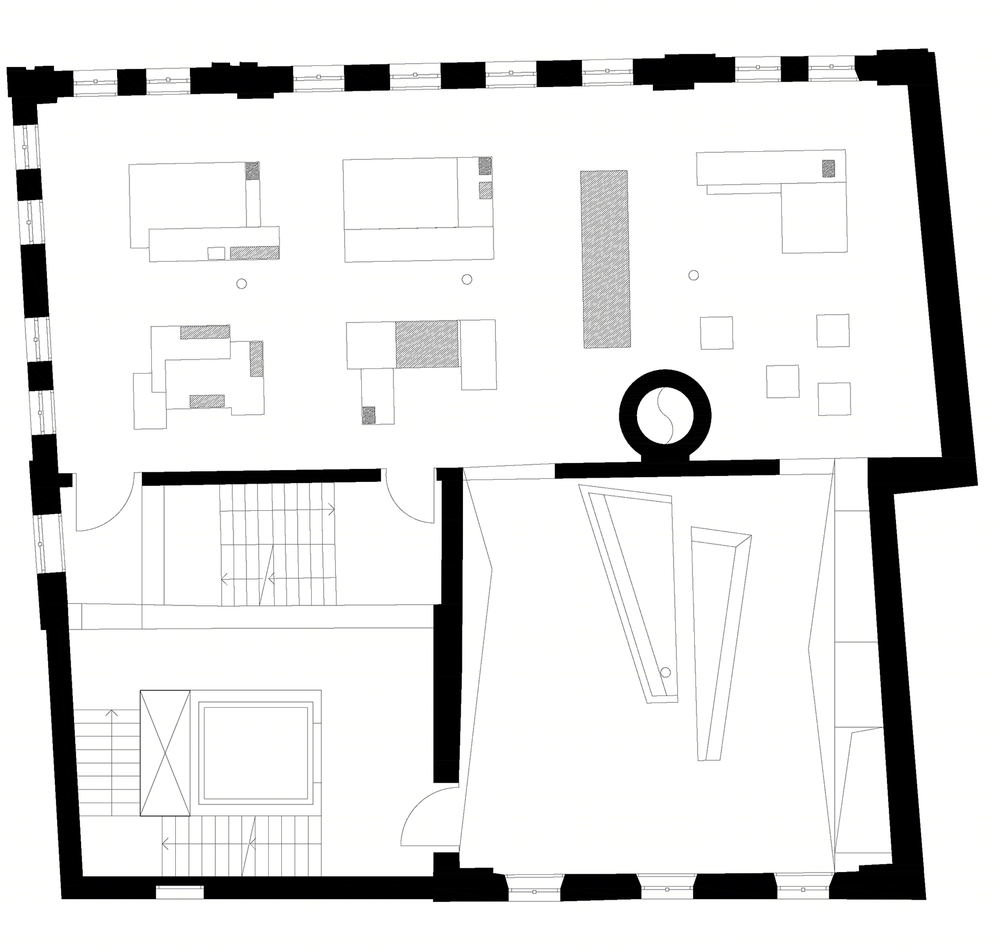
▼立面图,the elevation
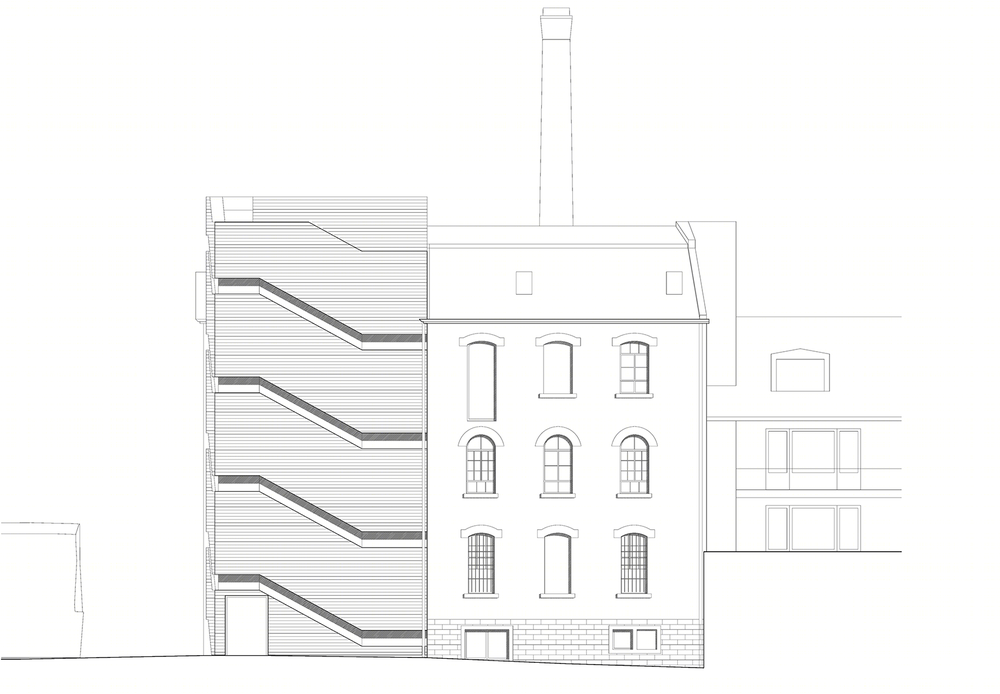
▼剖面图,the section

Client:City of Lahr Gross Area:1.800m2 Location:Lahr, Germany Architecture:heneghan peng architects Shih-Fu Peng Andreas Dopfer (Project Architect | Projektleiter) Kathrin Klaus Johanna Dreier Seyhan Özgen Site Supervision:Justies Rünzi Architekten Exhibition Designer:Museo Consult | Studio Kernland Structures:Göppert Ingenieure Building Services:VerTec Gmbh Fire:Ingenieurbüro Bartel Landscape:AG Freiraum

